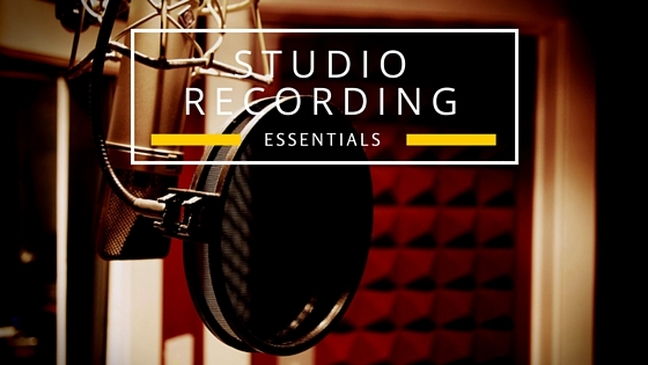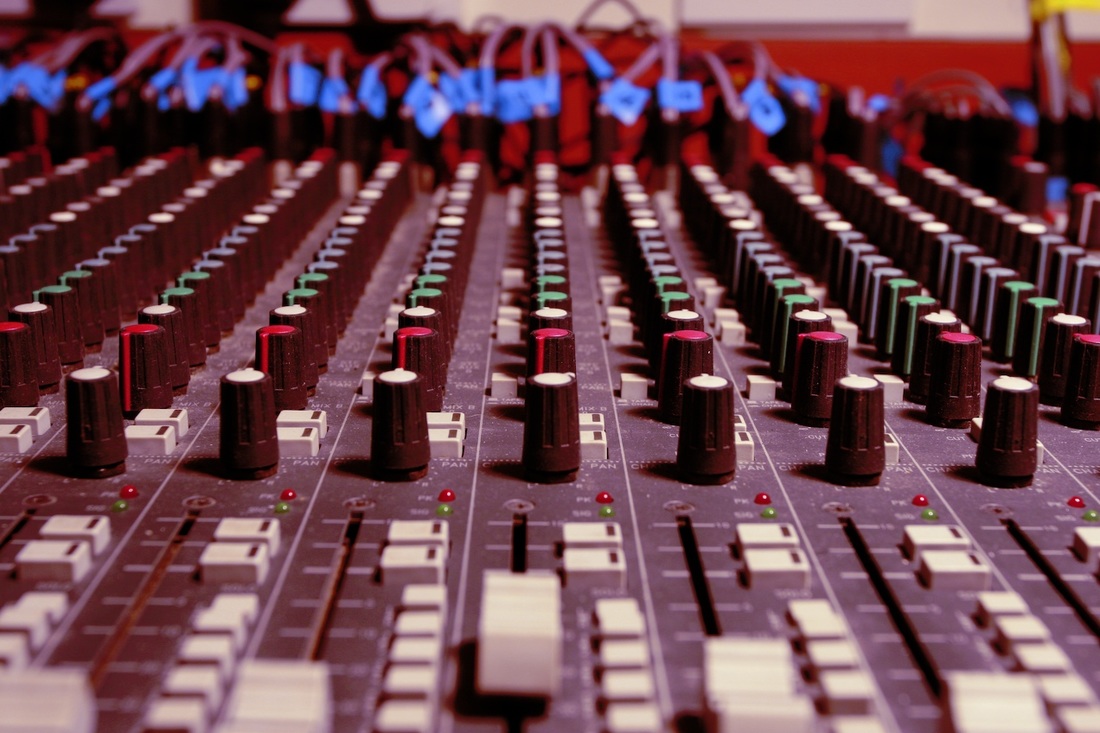STUDIO RECORDING ESSENTIALS23/1/2016 At MCCHOIR we’re pretty pumped about getting into the studio to record two original songs which I co-wrote with Jared Haschek of SHOUT! Publishing specifically for the choir. This weekend we are laying down the instrument beds for both songs which includes, drums, keys, bass, guitar and horn section. So I thought this might be a great chance to blog about our experience in the studio. This blog is a bit of an introduction and I will follow it up once we have finished the recording with some of the major things we have learnt. It’s been great working with Jared who has written all of the music and also helped out lyrically and he will be producing the albums at The Bass Recording Studios Melbourne. Studio work is very different from live work. There are lots of things that you can let slide in a live performance which will be glaringly obvious in the studio – like intonation problems and making mistakes no matter how minor. To make the most of a studio session takes a lot of discipline and you must be aware of what your singers can and can’t do. Remember that your recording will be heard over and over many times. There are lots of ways to record a choir but at MCCHOIR we wanted to give our members the chance to experience working in a recording studio and to learn all the ins and outs of music production. So let’s start with the basics by familiarizing ourselves with what to expect at the studio. At the studio there will be a sound booth and a control room. The control room has all the equipment used to record and where the sound engineer works. The booth is where the vocals and instruments are recorded. The studio we are using has several rooms, a smaller room for recording individual instruments and a larger room with a grand piano and can fit a larger group. Some groups will record the instruments and vocals at the same time but this can be very trick to get every part right but gives you more of a live feel. We have decided to do our recording in two phases – music beds first and produce a rough mix that we can use to rehearse with the choir. Then when we are ready we’ll go into the studio well prepared knowing exactly how the track will sound with all the instruments. So the equipment in the vocal booth you need to be familiar with include a headphone amp, a pop screen filter, studio microphone and acoustic treatment. Your headphones will plug into the headphone amp and allows the singer to control how much track and vocal they want to hear. This works well with smaller groups as each individual can adjust their mix to suit their ears. With a larger group you may need to have representatives from each section with headphones to guide the other singers or use an open amp. This latter option will allow some of the track to spill over into the vocal recording which is not ideal but with a large group may not be avoided. The pop screen filter is placed in front of the microphone to reduce popping and sibilant sounds and allows the singer to focus on emotion and tone. It also allow the engineer to record and edit your voices more readily. It’s more used in solo work as you would be singing much closer to the mic than in group work. There are lots of different studio microphones that can be used for different purposes depending on the style of song. Most commonly a valve microphone is used as it captures very rich and warm tones. Because they have a large diaphragm this allows a wide range of frequencies to be recorded. The room will also have some form of acoustic treatment which includes the materials used, the shape and size of the room which all impact on the overall sound. In a room with parallel walls the sound is reflected off these surfaces to create a natural ‘reverb’ which can interfere with the recording – especially of voices. Studio’s will use diffusers to absorb some of the sound. With studio work – the closer you are to the microphone the warmer your voice will sound. This would be ideal for a ballad with subtle instrumental backing and singing close to the mic will give your voice a rich warm tone. With headphones I prefer to have on can on, one off so that you can hear the track as well as hear yourself in the room. Most people find this helpful to pitch correctly but others may prefer both ears covered. It’s also important that you can hear yourself clearly in the mix so that you’re not straining your voice. It’s important to have a tonal instrument in the mix so that you can pitch correctly. This might be a piano whereas other instruments may be distracting and should be turned down in your mix. I find fewer instruments is better than the full mix so that you can vocalize well. Because our choir has fewer men than women we are planning to double up the male recording. So you may in this case wish to have the first take in one ear and the second take in the other ear. In this way it will be easier for both takes to fit seamlessly together and keep the timing tight. For group vocals it is really important that you can hear how others in the group are singing. Think about the vocal blend, is it a soft or hard tone. You need to think about how you can blend with others to get a uniform and quality sound. Think about the placements of breaths and take note of starting and finishing notes together. Think about the phrasing in other words and also decide how strong your diction will be. One key to blending is a uniform formation of vowels so that everyone is singing the same sound. The great thing about our first recording with MCCHOIR is the music we are recording is original - which means we can have a lot more control over how we sing and put more of our own personality and style into it. One approach to recording is to sing through the whole song once to get your headphone levels right and allow the engineer to capture the right tone and compression etc. Then record the song several times and latter you can piece together the sections that work best. Then if there is anything that needs another take you can go back into the booth to do another take. Whatever way you do it remember to keep a lot of emotion in your singing as studio recording can become quite mundane if your singing the same line over and over. Also think about how much ‘reverb’ you want on your voice – reverb adds a bit of an echo and makes the voice sound less dry and can help you sing better. The amount of reverb will depend on the style of song also. Having said that reverb can put some singers off and make you sing sharp or flat – singing dry (with no reverb in your headphone) gives the best feel for what is being recorded. Effects can be added latter. One important note to remember is to always warm up properly before a recording session as this will change the tone of your voice and give you a more consistent vocal between takes. It’s also important not to wear clothes that are noisy of lots of jewelry that will interfere with the recording. Most importantly you should enjoy the experience – we all sing because we love it and want to give our best performance so keep relaxed and do your best. I'd love to hear from other groups who have done some studio recording - share your experiences in the comments. Jason Simmonds Creative Director Melbourne Contemporary Choir The Bass Recording Studios Melbourne
0 Comments
Leave a Reply.AuthorJason or (Jase) as he likes to be called is Founder & Creative Director of Melbourne Contemporary Choir (MCCHOIR) and is a passionate musician who wants to bring his love for music to a broader audience. Archives
March 2019
Categories |
FIND MCCHOIR AT:
|
CONTACT USCall us: 0400 242 893
Email: [email protected]
FOLLOW & SHARE US |
MCCHOIR EST. MMXV | Copyright © 2022 Melbourne Contemporary Choir, All Rights Reserved. All images subject to copyright.


